This article was co-authored by Mohiba Tareen, MD. Mohiba Tareen is a board certified Dermatologist and the founder of Tareen Dermatology located in Roseville, Maplewood and Faribault, Minnesota. Dr. Tareen completed medical school at the University of Michigan in Ann Arbor, where she was inducted into the prestigious Alpha Omega Alpha honor society. While a dermatology resident at Columbia University in New York City, she won the Conrad Stritzler award of the New York Dermatologic Society and was published in The New England Journal of Medicine. Dr. Tareen then completed a procedural fellowship which focused on dermatologic surgery, laser, and cosmetic dermatology.
There are 18 references cited in this article, which can be found at the bottom of the page.
wikiHow marks an article as reader-approved once it receives enough positive feedback. In this case, 100% of readers who voted found the article helpful, earning it our reader-approved status.
This article has been viewed 39,722 times.
Second-degree burns, also known as partial-thickness burns, are burns that affect the top 2 layers of your skin. They are normally caused when your skin is directly exposed to heat or flames, harsh chemicals, the sun, or damaged electrical cords or outlets. Second-degree burns can usually be treated effectively at home, but you should always talk to your doctor before making that assessment.
Steps
Taking Immediate Steps
-
1Assess the cause and severity of the burn. If the burn is from an electrical source, make sure the source is turned off or the person isn't connected to it anymore before helping. Similarly, try to protect yourself with gloves if the burn is caused by a chemical solution.[1]
- When examining the blister, look for signs of a second-degree burn, which include very red skin, weeping from the area, blisters, pain, and even loss of skin. Symptoms of more serious third-degree burns include losing skin layers, dry and leathery skin, charred patches, painless areas where the skin is burned, and areas that look brown, black or white.[2]
- Additionally, note the location of the burn, as well as its size. A large burn is often an emergency situation, so a person with a large burn likely needs medical attention.
-
2Call emergency services for large or serious burns. If the burn is covering more than 3 inches (7.6 cm), it's a good idea to call for medical assistance. Similarly, call for help if the person appears to be ill or otherwise affected by the burn. Also, if you're not sure whether it's a second-degree or third-degree burn, it's best to get medical help.[3]
- It's best to see a medical provider for any burn, even if it's very small. However, you don't necessarily need to call for emergency help.
- Burns to the mouth and eyes caused by chemicals require medical attention no matter what.
Advertisement -
3Take off any clothing covering the burn unless it's stuck to the skin. The clothing could retain heat against the skin, making the burn worse. Just take the clothing off, if possible. If not, cut that area of clothing off, pulling slowly.[4]
- Don't try to remove clothing that seems to be stuck to the skin. Instead, cover up the burn with the clothing attached and seek medical attention. Keep in mind that clothing can quickly adhere to the burnt skin, and only a medical professional should try to remove it at that point. Doing it yourself could send the person into shock.
- If the burn is chemical, you should still remove the clothing, as long as it's not stuck to the skin. However, wait until you've flushed the area for a few minutes before doing so while still rinsing the area. Otherwise, you can drag chemicals across other areas of the body.
-
4Take off any jewelry that may tighten around the area if it swells. Burns can cause swelling, making jewelry or even clothing like arm cuffs too tight on your skin. Take it off as quickly as you can to prevent it from getting stuck.[5]
- For instance, if you have a ring on and you burn your finger, take the ring off.
-
5Place the burn under cool, running water immediately to cool it down. A burn can keep hurting your skin if you let it stay hot. Putting it in water cools down the skin, reducing the damage the burn can do.[6] This step is also important if you have a chemical burn, as you want to wash the chemical off as quickly as possible.[7]
- You can also use a tub of cool water if you prefer. However, don't use ice, as that can cause further damage.
- Hold it under the water for 15 to 30 minutes.
- If the burn is in a place that you can't easily put in water, you can apply a washcloth dipped in cool water instead.[8] [9]
- Don't submerge large areas of the body to treat a large burn, as that could cause hypothermia.[10] However, you can spray the burn with a showerhead, if one is available. Place the person in the tub with their clothes still on, initially. Then, spray them with cool water from the shower.
-
6Wrap the burn in plastic cling wrap while on the way to a doctor. Loosely cover the burn with the cling wrap, which you don't need to secure since it sticks to itself. This will prevent the loss of fluids while the person waits for treatment. Additionally, the cling wrap won't stick to the person's skin, so it won't cause pain or shock when it's removed.[11]
- This is the same type of plastic wrap you use in the kitchen.
-
7Talk to your doctor if you don't go to the emergency room. If you don't feel it is an emergency situation, you should still talk to your doctor about the burn. They may recommend you visit urgent care to make sure the blister doesn't need more care than you can provide at home.[12]
- You can also try a virtual visit, which many medical systems offer now. You visit with a doctor using your smartphone or computer so they can view the blister.
Caring for the Burn
-
1Apply lotion or aloe vera once the burn is cooled. Lotion will help make the burn feel better and promote healing. Plus, it keeps the wound moist, which is important for the healing process. Try to avoid the blistered area when applying lotion, as you don't want to break the blister. Apply lotion to areas around the blisters.[13]
- Pick a lotion that has a moisturizer or aloe vera. You can also use pure aloe gel to relieve the burning sensation.[14]
-
2Avoid breaking blisters. The blister is there to protect the tissue underneath, as the liquid inside provides a cushion and cover for the damaged skin. It's best to let it break on its own, as when it breaks, it can leave an open wound behind. The open wound is more susceptible to infection than the blister.[15]
- Be gentle when cleaning and bandaging this area, as too much pressure can break the blister. Since this is so difficult to do, your doctor may recommend soaking your burn, rather than trying to rub it clean.
- However, keep in mind that you should only bandage a burn wound if your medical provider advises you to do so. Bandages can stick to burn wounds, further damaging the skin and causing pain.
-
3Cover the area with a bandage, particularly if the blister breaks. To cover a blister, place an adhesive bandage or sterile gauze gently over the wound. Make sure not to get adhesive on the burned area, as that will make it hurt worse.[16]
- Choose a non-stick sterile gauze to minimize the risk of the bandage sticking to the wound. Similarly, get your wound checked by your doctor to see if you need an antibiotic lotion, which will both speed up healing and keep your bandages from sticking to your wound.
- Apply bandages loosely to avoid breaking the blister.
- If the blister isn't broken, you don't necessarily need to apply a bandage, particularly if there are no raw wounds. However, if the blister is likely to get dirty or will be rubbed by clothing, you should apply a bandage.
-
4
-
5Lift the burned area to prevent swelling. If you can, keep the area elevated in the first couple of days. Elevating the area makes it more difficult for blood and liquid to pool there, reducing swelling. Try to keep the area above your heart when possible.[19]
- You can use a pillow or a foot rest to prop up the limb.
Changing the Dressing
-
1Peel off the dressing after soaking it in a saline solution. Soaking your bandages will loosen them so they come off of your skin more easily. This makes the process less painful and reduces the risk of infection.[20]
- As another option, you can soak the bandage in water if you don't have saline solution. However, saline is a better option because it is sterile.[21]
- Check with your doctor for advice specific to your burn treatment.
-
2Wash the burn once a day with antimicrobial soap and warm water. Check with your doctor before cleaning your wound yourself. Then, gently rub the soap into the burned area and then rinse it off in cool water. Try to wash away any cream you've put on, as well as any dead skin.[22]
- If the burn is on your face, wash it twice a day.
-
3Apply an antibiotic ointment or cream recommended by your doctor. Once the blister has burst, you should treat it like an open wound, as it is one. Apply the cream to the gauze or bandage, then gently place it over the blister.[23]
- Talk to your doctor about the best ointment for your burn.
Expert Q&A
-
QuestionWhat can I do if I'm in a lot of pain from my burn?
 Mohiba Tareen, MDMohiba Tareen is a board certified Dermatologist and the founder of Tareen Dermatology located in Roseville, Maplewood and Faribault, Minnesota. Dr. Tareen completed medical school at the University of Michigan in Ann Arbor, where she was inducted into the prestigious Alpha Omega Alpha honor society. While a dermatology resident at Columbia University in New York City, she won the Conrad Stritzler award of the New York Dermatologic Society and was published in The New England Journal of Medicine. Dr. Tareen then completed a procedural fellowship which focused on dermatologic surgery, laser, and cosmetic dermatology.
Mohiba Tareen, MDMohiba Tareen is a board certified Dermatologist and the founder of Tareen Dermatology located in Roseville, Maplewood and Faribault, Minnesota. Dr. Tareen completed medical school at the University of Michigan in Ann Arbor, where she was inducted into the prestigious Alpha Omega Alpha honor society. While a dermatology resident at Columbia University in New York City, she won the Conrad Stritzler award of the New York Dermatologic Society and was published in The New England Journal of Medicine. Dr. Tareen then completed a procedural fellowship which focused on dermatologic surgery, laser, and cosmetic dermatology.
FAAD Board Certified Dermatologist Putting aloe gel directly on your burn can help alleviate some of the pain. You may also take an over-the-counter pain reliever.
Putting aloe gel directly on your burn can help alleviate some of the pain. You may also take an over-the-counter pain reliever. -
QuestionShould you cool a burn?
 Mohiba Tareen, MDMohiba Tareen is a board certified Dermatologist and the founder of Tareen Dermatology located in Roseville, Maplewood and Faribault, Minnesota. Dr. Tareen completed medical school at the University of Michigan in Ann Arbor, where she was inducted into the prestigious Alpha Omega Alpha honor society. While a dermatology resident at Columbia University in New York City, she won the Conrad Stritzler award of the New York Dermatologic Society and was published in The New England Journal of Medicine. Dr. Tareen then completed a procedural fellowship which focused on dermatologic surgery, laser, and cosmetic dermatology.
Mohiba Tareen, MDMohiba Tareen is a board certified Dermatologist and the founder of Tareen Dermatology located in Roseville, Maplewood and Faribault, Minnesota. Dr. Tareen completed medical school at the University of Michigan in Ann Arbor, where she was inducted into the prestigious Alpha Omega Alpha honor society. While a dermatology resident at Columbia University in New York City, she won the Conrad Stritzler award of the New York Dermatologic Society and was published in The New England Journal of Medicine. Dr. Tareen then completed a procedural fellowship which focused on dermatologic surgery, laser, and cosmetic dermatology.
FAAD Board Certified Dermatologist Yes, hold the burn under cool running water or apply a washcloth dipped in cool water to it.
Yes, hold the burn under cool running water or apply a washcloth dipped in cool water to it. -
QuestionCan I apply or wash a 2nd degree burn formed by hot oil?
 Jurdy Dugdale, RNJurdy Dugdale is a Registered Nurse in Florida. She received her Nursing License from the Florida Board of Nursing in 1989.
Jurdy Dugdale, RNJurdy Dugdale is a Registered Nurse in Florida. She received her Nursing License from the Florida Board of Nursing in 1989.
Medical Review Board Every situation is unique, so it's important to see your medical provider. They can look at your individual burn and determine the best way to treat it.
Every situation is unique, so it's important to see your medical provider. They can look at your individual burn and determine the best way to treat it.
Warnings
- It's best to see a doctor before attempting to bandage a burn wound yourself. How a wound is bandaged will depend on the cause of the wound, its size, its severity, and its placement.⧼thumbs_response⧽
- Seek emergency medical treatment if you experience a rapid heartbeat, problems with breathing or urinating, fever, dry mouth, extreme thirst, or dizziness. These signs indicate that you may have an infection or that your burns are more severe than you initially thought and require professional medical attention.⧼thumbs_response⧽
- Don't use butter or grease on a burn. That seals in the heat rather than letting it cool.⧼thumbs_response⧽
References
- ↑ https://www.uptodate.com/contents/assessment-and-classification-of-burn-injury
- ↑ https://www.cdc.gov/masstrauma/factsheets/public/burns.pdf
- ↑ https://www.nhs.uk/conditions/burns-and-scalds/
- ↑ https://kidshealth.org/en/parents/burns.html
- ↑ https://www.nhs.uk/conditions/burns-and-scalds/
- ↑ https://www.healthlinkbc.ca/health-topics/sig256965
- ↑ https://kidshealth.org/en/parents/burns.html
- ↑ Mohiba Tareen, MD. FAAD Board Certified Dermatologist. Expert Interview. 26 March 2020.
- ↑ https://myhealth.alberta.ca/Health/Pages/conditions.aspx?hwid=sig256965
- ↑ http://home.lagrange.edu/healthandsafety/firstaid/topics/first%20aid_burns.htm
- ↑ https://www.nhs.uk/conditions/burns-and-scalds/treatment/
- ↑ https://my.clevelandclinic.org/health/diseases/12063-burns/management-and-treatment
- ↑ https://www.aafp.org/afp/2000/1101/p2029.html
- ↑ Mohiba Tareen, MD. FAAD Board Certified Dermatologist. Expert Interview. 26 March 2020.
- ↑ https://kidshealth.org/en/parents/burns.html
- ↑ https://www.healthlinkbc.ca/health-topics/sig256965
- ↑ Mohiba Tareen, MD. FAAD Board Certified Dermatologist. Expert Interview. 26 March 2020.
- ↑ https://kidshealth.org/en/parents/burns.html
- ↑ https://www.healthlinkbc.ca/health-topics/sig256965
- ↑ https://www.ncbi.nlm.nih.gov/pmc/articles/PMC428524/
- ↑ https://www.healthlinkbc.ca/health-topics/sig256965
- ↑ https://www.uwhealth.org/healthfacts/burn/4573.pdf
- ↑ https://my.clevelandclinic.org/health/diseases/12063-burns/management-and-treatment
About This Article
To treat a second degree burn, put the burn under cold running water for 15 to 30 minutes to cool it down. Once the burn is cool, apply lotion or aloe vera to the affected area to keep it moist and help it heal faster. Then, apply a loose bandage over the area, making sure to wrap it loosely so you don't break any blisters. Afterwards, speak to your doctor, even if you've been able to treat the burn, so you can make sure no further care is needed. For tips on which types of pain medications to take for a second degree burn, keep reading!
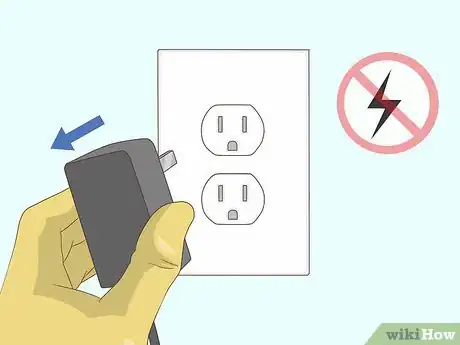
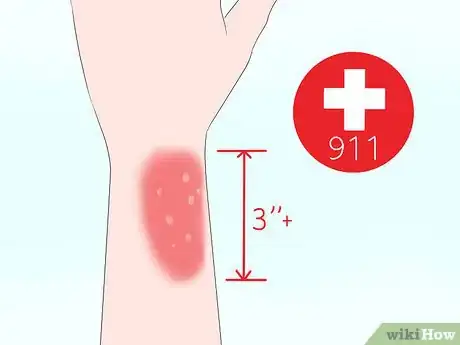
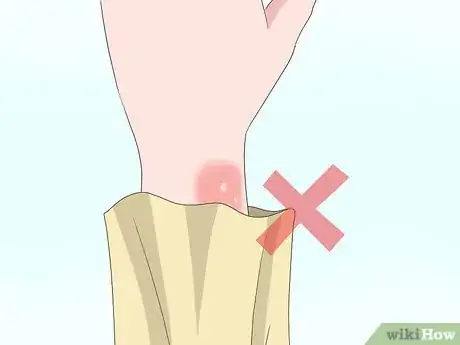
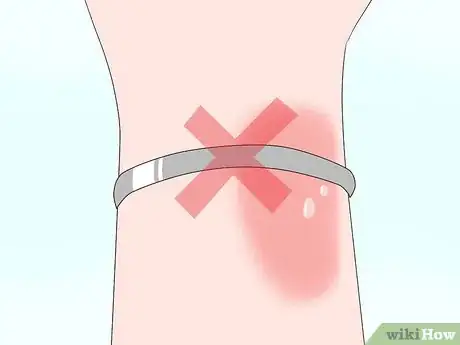
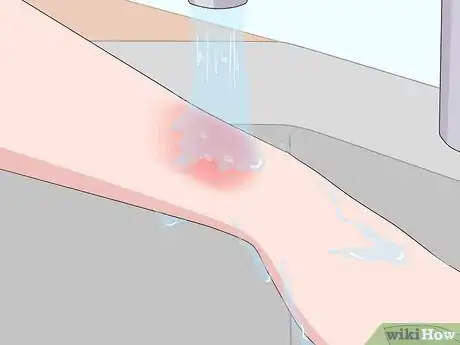

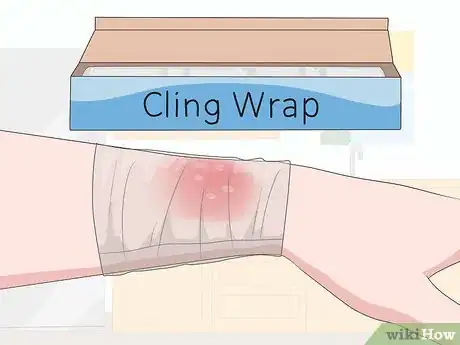
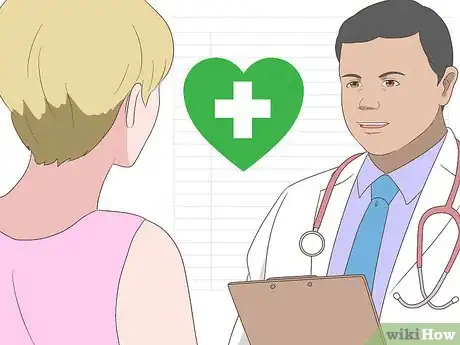

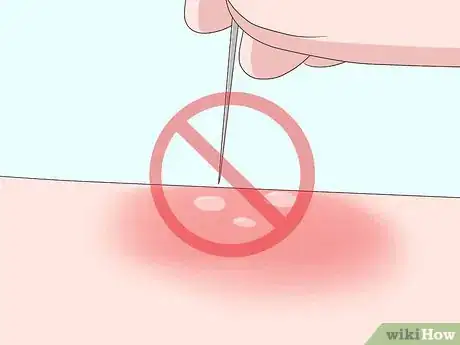
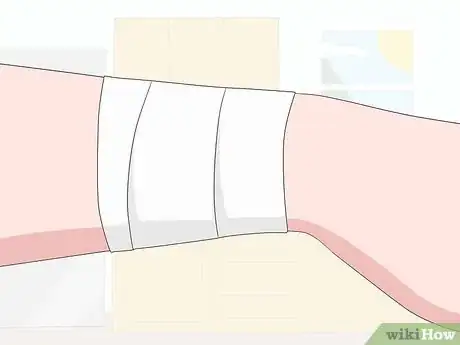
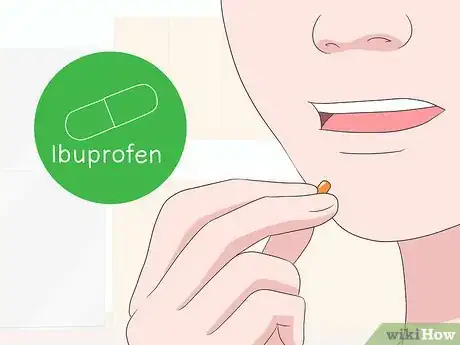

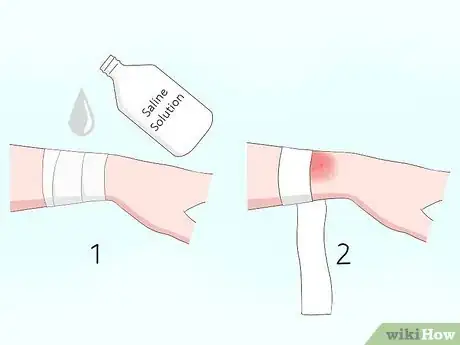
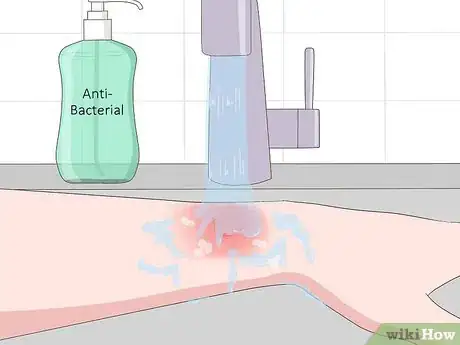
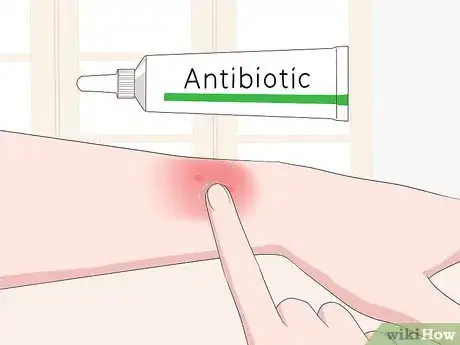
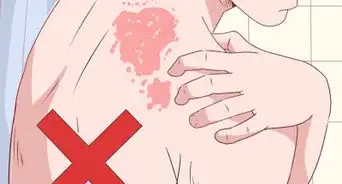





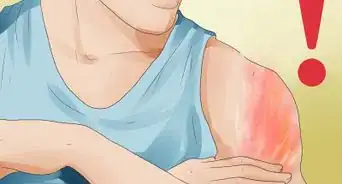

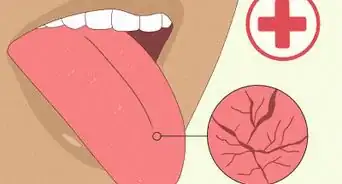
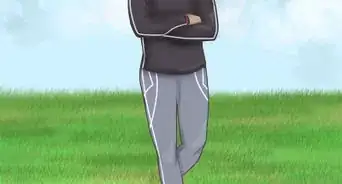
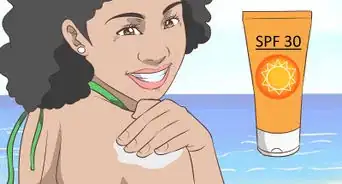
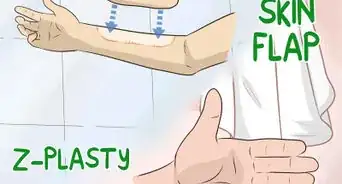

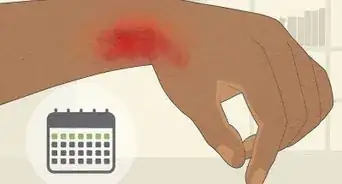









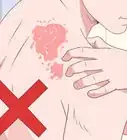

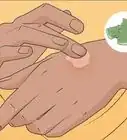




































Medical Disclaimer
The content of this article is not intended to be a substitute for professional medical advice, examination, diagnosis, or treatment. You should always contact your doctor or other qualified healthcare professional before starting, changing, or stopping any kind of health treatment.
Read More...